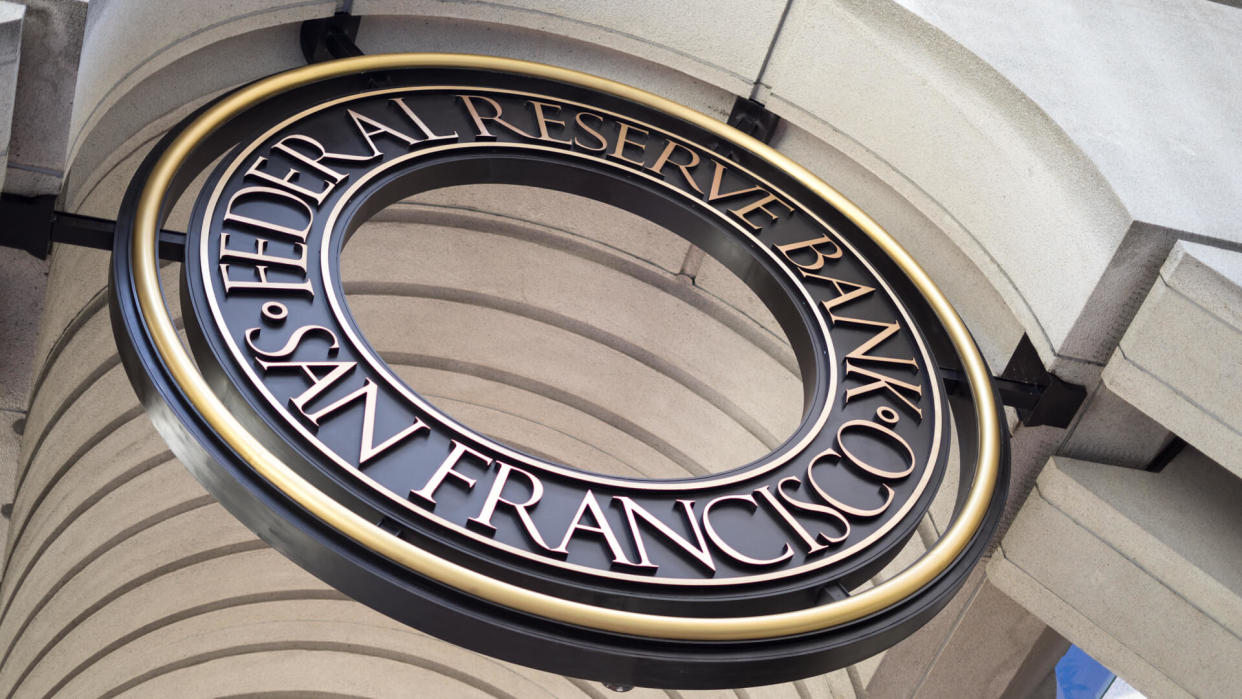Economy Explained: What Does the Fed Do, Anyway?

The Federal Reserve system is the foundation of the U.S. banking system, but it seems mysterious to people who don’t work in banking or finance. Essentially, it is the bank for banks.
See: The Fed Says Interest Rates Will Remain ‘Near Zero,’ Says Fighting COVID Is Huge Priority
Find: 7 Key Takeaways from Treasury Secretary Nominee Janet Yellen’s Senate Testimony
It is a successor to earlier attempts to start a central bank. The first was led by Alexander Hamilton in 1791, in the Washington administration. The second attempt occurred in 1819, in the Monroe administration. Both failed in large part because of resentments about central government control, as anyone who has listened to the Hamilton cast recording can tell you.
By 1913, it was clear that the United States needed a way to support the banking system and manage the currency. The country was no longer an emerging market but a full-fledged global economy, and that called for new tools. Twelve regional banks were set up under the national Federal Reserve system. The regional banks provide services to banks near them and do economic research relevant to their geographic location. Missouri is the only state with two Federal Reserve banks, with one in St. Louis and one is Kansas City.
The Federal Reserve’s vault and currency services don’t make headlines. Their museums sometimes show up on lists of travel tips, as they are free and lots of fun if you are interested in money. But the Fed role that makes the most headlines is its work in setting interest rates.
See: 6 Smart Ways to Tap into 2021’s Amazing Interest Rates
Find: What Will the Housing Market Look Like Now That Biden’s President?
Interest rates affect the amount of money that is saved. When rates are higher, people are more likely to put money away. They affect the amount of money that is loaned, in that when rates are lower, people are more likely to borrow money. And interest rates affect currency exchange rates. In general, higher interest rates make one currency more expensive relative to the others.
The Federal Reserve Board of Governors, which represents the regional banks, sets interest rate targets based on different economic goals. For example, if it wants to encourage businesses to invest, it will want to keep rates low so that businesses will borrow and take on new projects.
See: Biden to Sign “Made in America” Executive Order
Find: What Is the Libor Rate?
The way that the Federal Reserve manages rates is by the rates it offers to commercial banks. Every night, banks have to balance their books and have a set amount of currency on hand. If a bank is short, it borrows money from the Federal Reserve at the Fed discount rate. If a bank has extra money, it can put it on deposit at the Fed or another bank at the Fed funds rate. By adjusting the discount rate and the funds rate, the Fed can create a ripple effect through the entire economy.
This article is part of GOBankingRates’ ‘Economy Explained’ series to help readers navigate the complexities of our financial system.
More From GOBankingRates:
36 Ways To Save For Your Emergency Fund and Any Unexpected Situations
25 Tips and Tricks for Buying a Car Online During the Pandemic
This article originally appeared on GOBankingRates.com: Economy Explained: What Does the Fed Do, Anyway?
